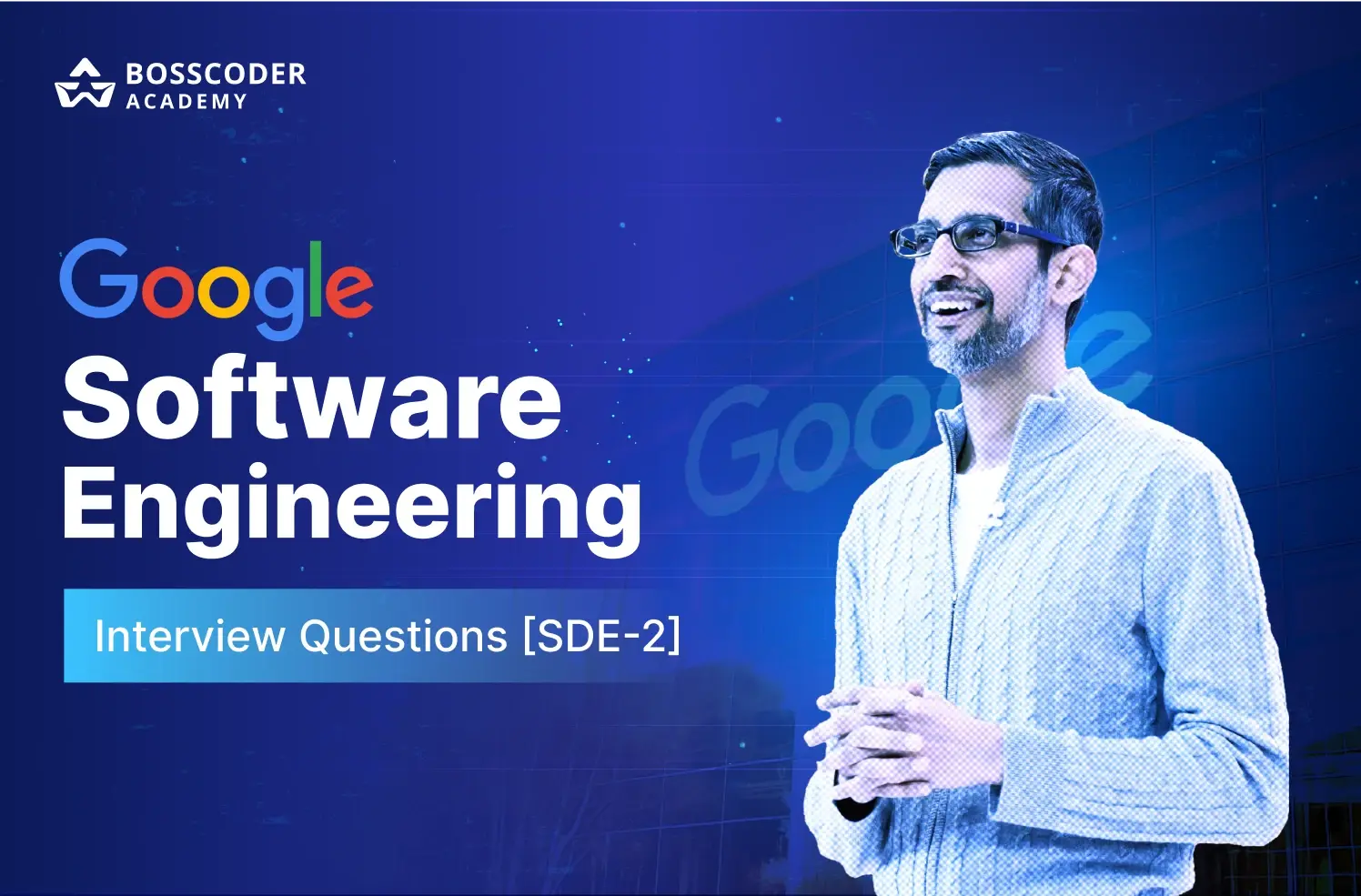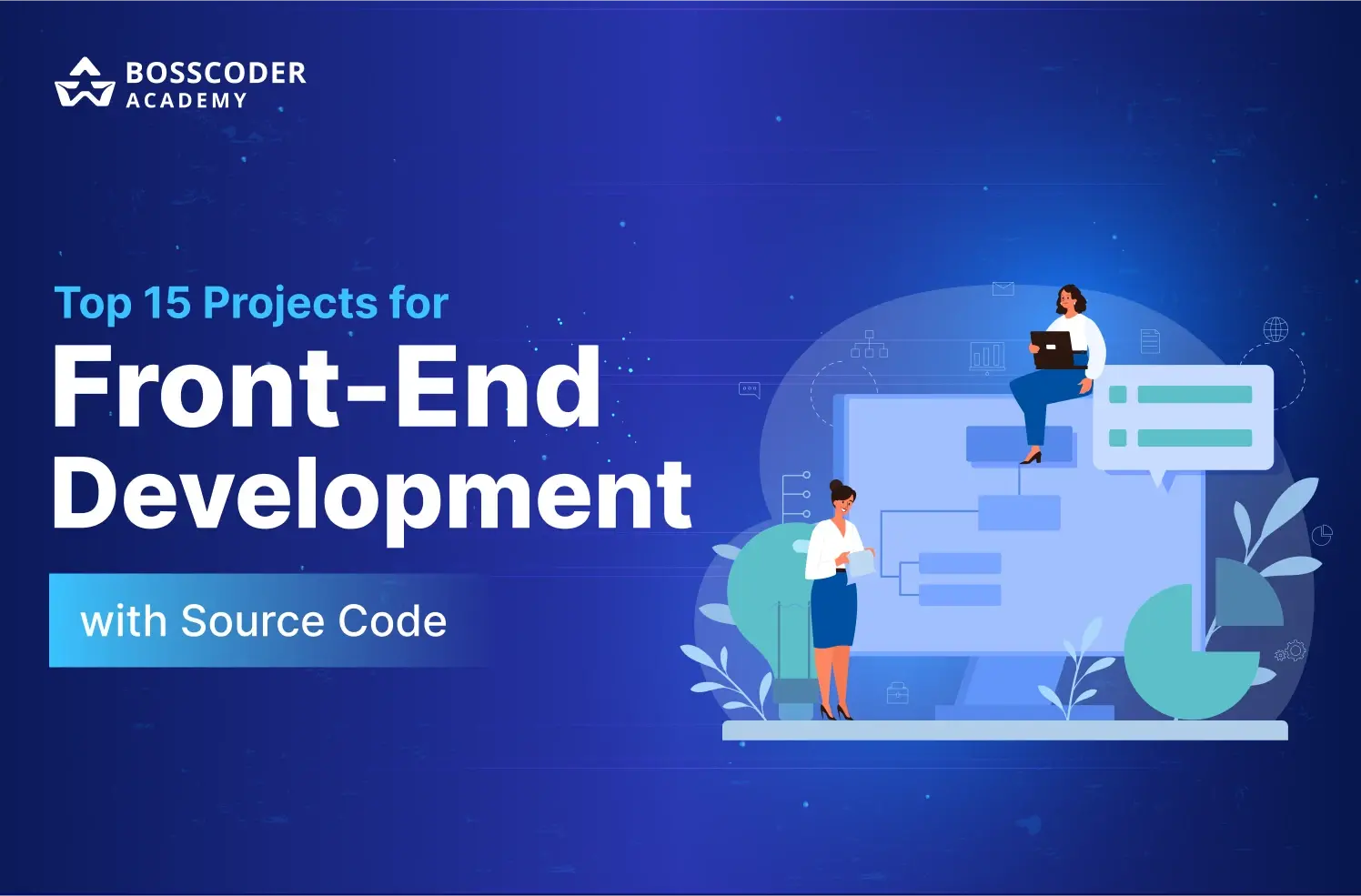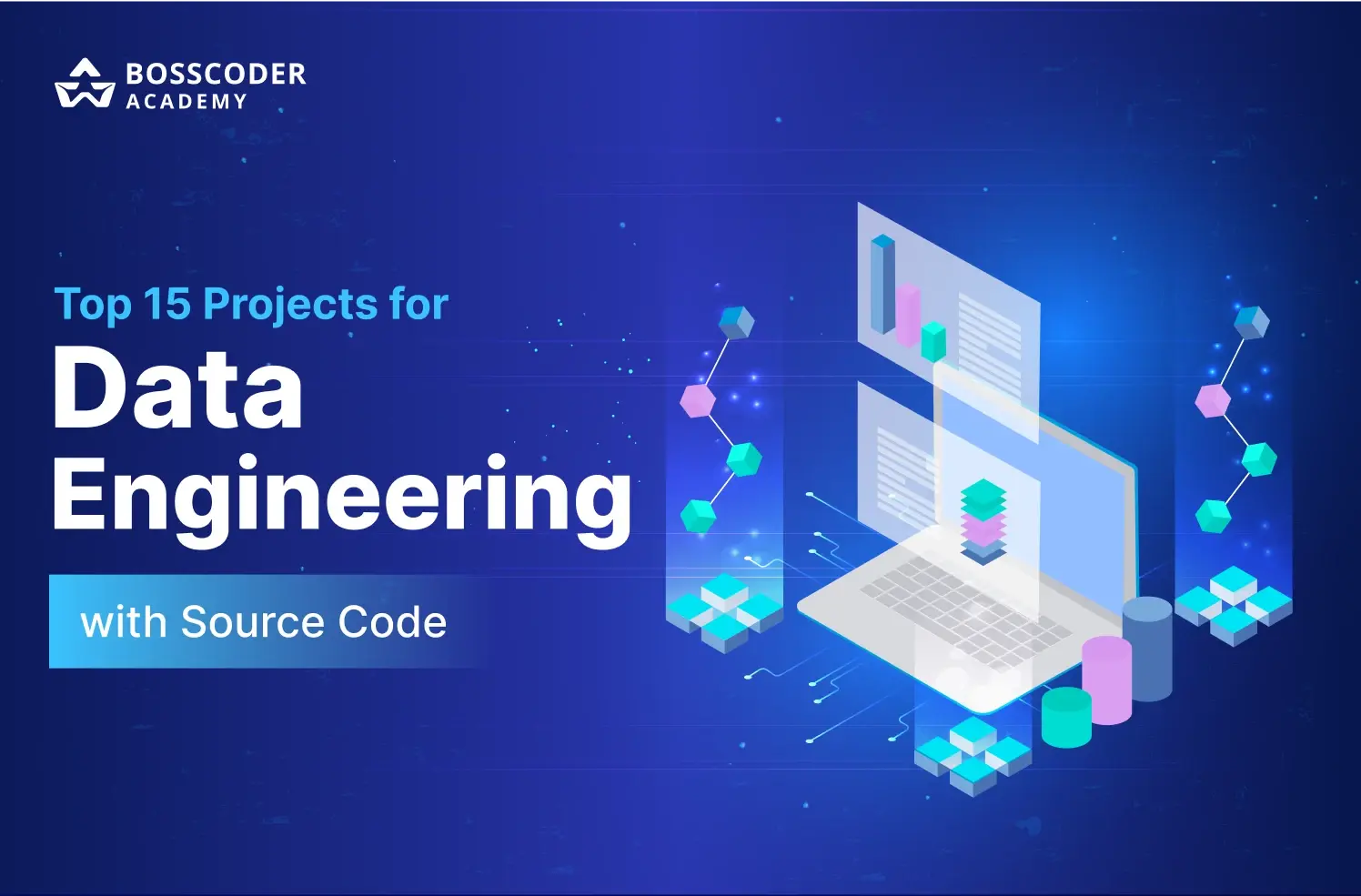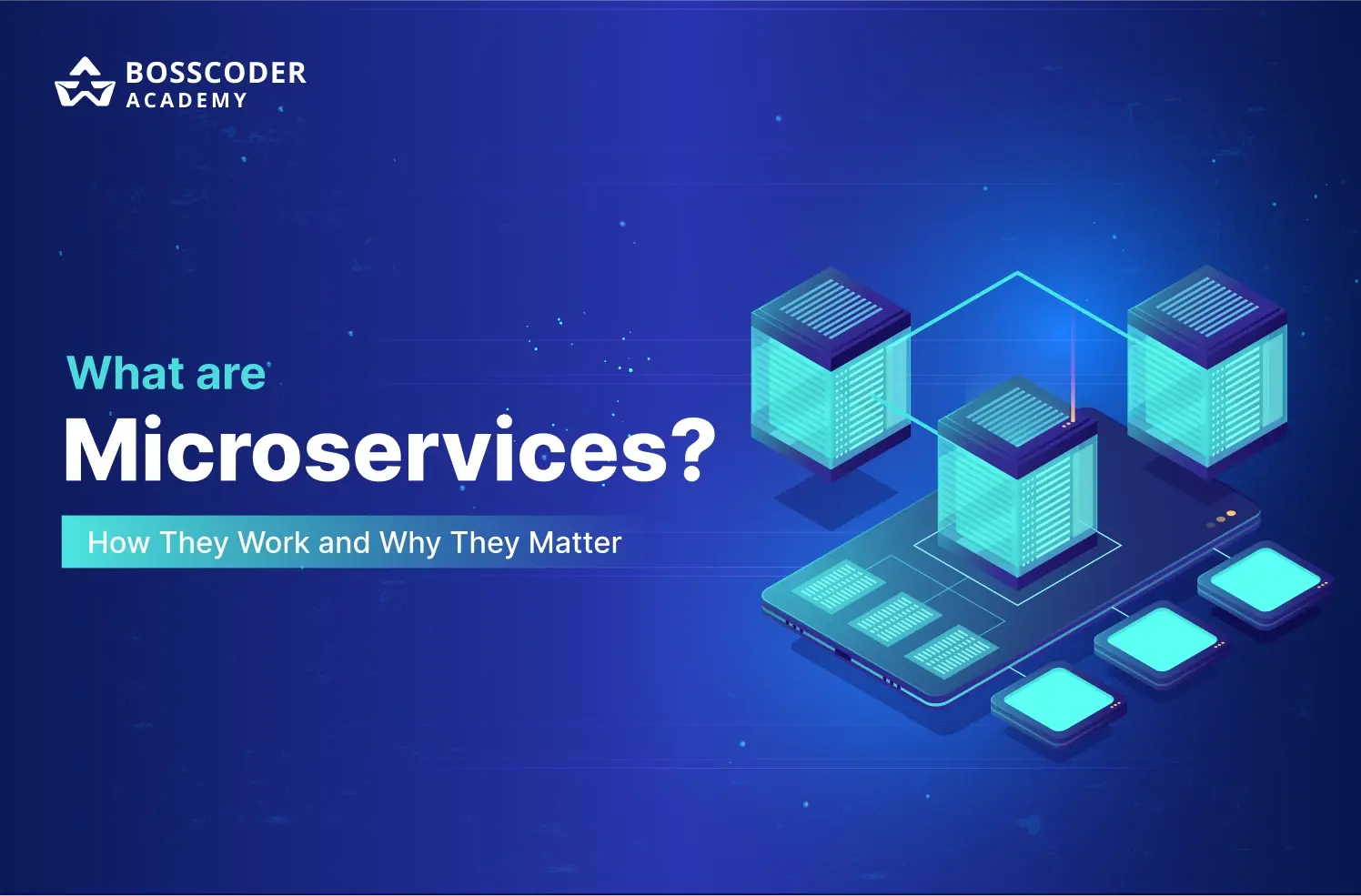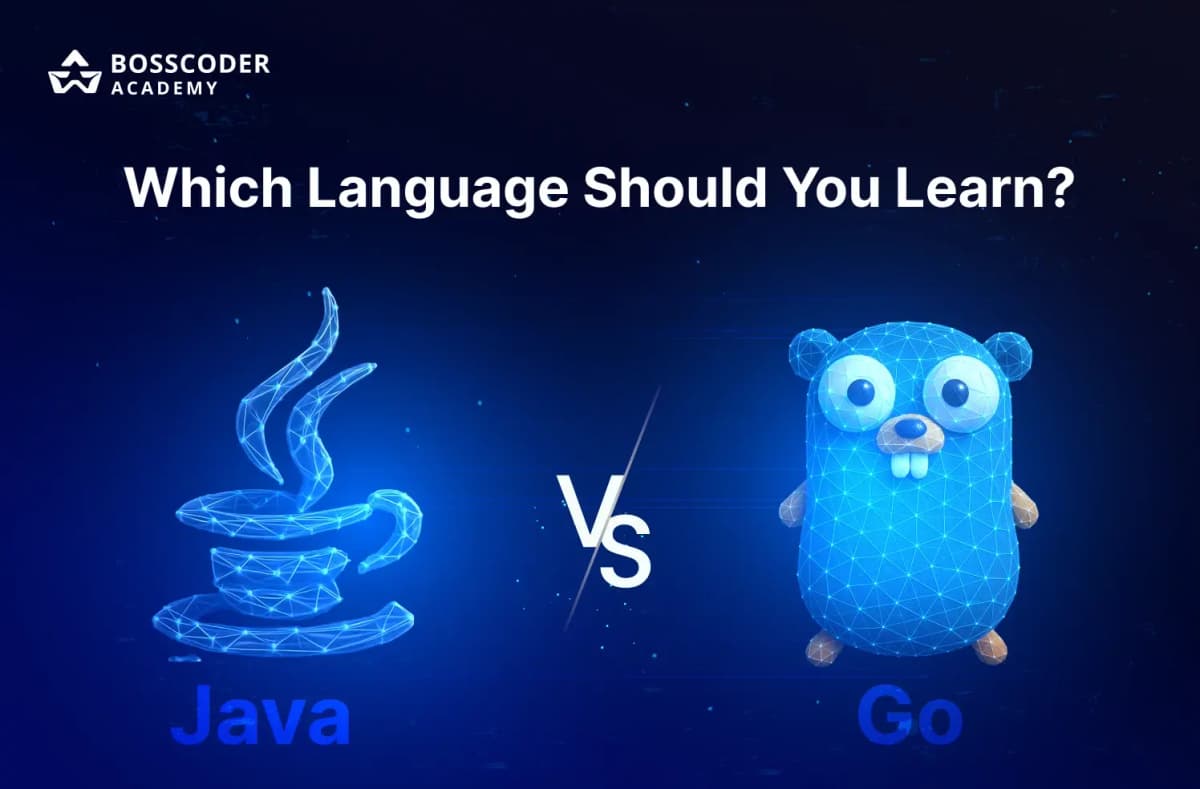Breaking into Google as an SDE-2 isn’t just about solving tough coding problems. It is about:
- Problem solving under pressure;
- Saying things out loud, and
- Demonstrating structured decision making.
For working professionals with tight schedules or the ones who wish to change careers, it is more about smart prep rather than long prep.
If you're considering a career switch to software engineering, structured learning and strategic practice are key. You don’t need endless hours, just the right focus on core concepts like DSA, system design, and real-world projects (you can also check out these Java Projects with Source Code for hands-on practice).
Based on real SDE-2 interview experiences at Google, this blog helps you identify blind spots, streamline your prep, and approach the process with clarity. Think of it as your roadmap to crack the process.
Interview Process Overview
The process usually involves 4 rounds of algorithms and behavioral topics. The first 3 rounds were completely Technical Rounds, with great emphasis on DSA.
We've broken down each round based on the DSA problems that were asked heavily:
- Greedy problem with several solution paths.
- Hard Dynamic Programming problem under constraints.
- Graph traversal + Stack parsing (core DSA)
- Behavioral + Experience deep dive
Each round has been set up to test both technical acuity as well as problem solving mindset. Let’s read about them in detail:
Round 1: Greedy Problem With Multiple Heuristics
Difficulty: Medium–Hard
Time: 60 minutes
A problem like Google Hash Code - no best answer, no brute force. The goal: maximize the score using different greedy strategies.
What makes this round different is that- It tests how you think, not just what you know.
What the interviewer looks for:
- Fast experimentation across heuristics
- Willingness to trade off (and justify): ability to compromise.
- Clear structured thought process and spoken aloud.
How do you ace this round?
This round rewards adaptability, not perfection. That means:
- Don’t focus on one plan, iterate fast.
- Try your greedy measures using: dry runs, scoring metrics and pseudo-evaluation.
📍 Pro Tip: Practice open-ended greedy problems. When unsure, speak out your approach and pivot accordingly on feedback.
Round 2: Hard Dynamic Programming
Difficulty: Hard
Time: 60 minutes
In the technical round 2, a hard DP problem was given that focused on palindromic subsequences and some constraints. The trick is to divide the problem before coding.
Here is the recurrence simplified in java:

And then optimized to O(N²) space.
What interviewers want:
- Clean breakdown of logic
- Confident explanation of recurrence
- Comfort with optimizing space/time
📍 Pro Tip: Build a habit of mentally walking through base cases, recurrence, memorization, and optimizations before coding.
Round 3: Graph + Stack
Difficulty: Medium
Time: 60 minutes
Structure: Two back-to-back problems
This round tested how quickly you could adapt and solve problems using two core concepts: graph traversal and stack-based parsing. Switching between the two wasn’t easy, but it pushed me to think clearly, stay focused, and write clean, optimized code under pressure.
The key was to approach each problem with a clear structure and handle edge cases gracefully.
Problem 1: Flood Fill (Graph - DFS/BFS)
A classic 2D matrix traversal task. The interviewers tested your ability to apply BFS or DFS in a proper way, to track which nodes had already been checked, and to make your code structured and easy to read. Evaluated on:
- Clean BFS/DFS logic
- Handling edge cases
- Readable, modular code
Java implementation using DFS for a 2D matrix:

Problem 2: Expression Evaluator (Using Stack)
This problem required evaluating nested arithmetic expressions like "3 + (2 - (5 + 1))". It tested your understanding of stack-based parsing, expression reduction, and careful edge case handling.:
- Correct stack-based parsing
- Edge case handling
- Expression reduction logic
Java Program for Expression Evaluator:

📍 Pro Tip: If you're exploring data tools like Power BI for analytics roles, the logic-first approach here is similar breaking down problems systematically matters in both domains.
Round 4: Behavioral + Experience Deep Dive
Duration: 45 minutes
Focus: Ownership, communication, and leadership
This round is about how problems were solved, not just what was built. It's about how challenges were tackled, especially in high-stakes or ambiguous situations.
Interviewers look for patterns like:
- Handling conflicts across teams or time zones
- Dealing with blockers and technical ambiguity
- Advocating for code quality and clean processes
STAR format works wonders here (Situation → Task → Action → Result). Real, unpolished stories often resonate more than scripted ones.
📍 Pro Tip: Keep 3–5 stories ready covering collaboration, impact, feedback handling, and growth moments.
Prep Strategy That Works
With limited hours after work, consistency beats intensity. Here’s a practical routine that aligns with a full-time schedule:
Weekly Routine: Built for Working Professionals
- 1 DP or graph question every day (alternative days)
- 2 system design sessions, with peers or mentors during the week.
- 1 mock interview on weekends: record and review for improvement
Struggling to pick a learning path? Compare Data Science vs. Cloud Computing to align your prep with industry trends.
Resources That Make a Difference
- LeetCode Discuss & Blind: Actual interview schemes
- Vivek Gupta’s DP series: Simple dissections of difficult issues
- System Design Primer: A must read before any high level round.
- Decode and Conquer: For writing in a structured behavioral manner.
Smart Time Management
- Practice in 45-minute deep work sprints
- Superior quality over perfection – target 80% clean solutions.
- Reflect after each session: What worked? What didn’t?
Want Structured Guidance?
If you're serious about cracking roles at top product-based companies, Bosscoder Academy offers a Transformer Program to fast-track every aspect of your preparation.
📌A well-structured curriculum for DSA, System Design, and Full Stack Development.
📌1:1 mentorship from industry experts.
📌24/7 doubt clarification and live classes
📌Real-world projects + 100% job switch support
📌Skills development to fit the industry leadership standards
They've already helped 2200+ SDEs crack companies like Google, Microsoft, Amazon, and more. You could be next.
Key Takeaways
| Round | Focus | What Helps |
|---|---|---|
| 1 | Greedy with heuristics | Iterate fast, explain choices |
| 2 | Dynamic Programming | Know frameworks, optimize, explain |
| 3 | Graph + Stack | Master core DS patterns |
| 4 | Behavioral | Use STAR + real experiences |
Final Thoughts
The Google SDE-2 interview is not about remembering algorithms. The essence of it is making sense of ambiguity, describing trade-offs, and adapting quickly in pressure.
For those switching careers, transitioning from startups, or life off, background isn’t the obstacle. Clarity, structure, and communication are the real differentiators.
Stuck chasing perfection? Let Bosscoder Academy fast-track your SDE-2 prep with expert mentorship, real projects, and a proven roadmap to success.
FAQs
Q1. What is the interview process for Google SDE-2?
The Google SDE-2 process generally includes 4 rounds, three focused on DSA (Greedy, DP, Graph, Stack) and one behavioral round that dives deep into your past experiences, ownership, and problem-solving mindset.
Q2. How hard is the Google SDE-2 interview?
It's challenging but doable with the right prep. Expect medium-to-hard problems, open-ended scenarios, and communication-heavy evaluations not just correct answers, but structured thinking under pressure.
Q3. What should I focus on while preparing for SDE-2 at Google?
Focus on patterns over problems like greedy strategies, dynamic programming frameworks, graph traversal, and behavioral storytelling (STAR method). Balance coding sprints, mock interviews, and peer design discussions.
Q4. Can working professionals crack Google SDE-2 without quitting their job?
Absolutely. With smart time blocks, focused prep, and resources like Bosscoder Academy, many working professionals have successfully made the switch. You don’t need 10 hours a day just clarity, consistency, and feedback.


